According to Quantum mechanics, electrons bound to an atom can only have particular values of energy; they are unique to that element. Absorption or emission of a photon of light by the atom occurs when the energy of that photon matches the difference between two of these energy levels.
The gravitational pull of any object gets weaker the further you move from the object. Thus, the Moon pulls harder on the water on the side of Earth nearer to it than on the water on the side of Earth farther from it.
This creates a bulge in the water on the side of the Earth facing the Moon and another on the opposite side. The earth itself is more rigid, so essentially no bulge is created in its crust.

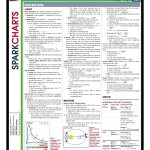
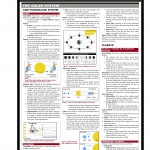
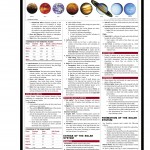
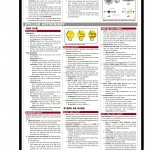
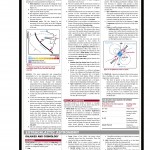
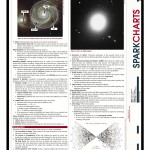
 Upload your infographic here and contribute to our community.
Upload your infographic here and contribute to our community. 
Leave a Reply